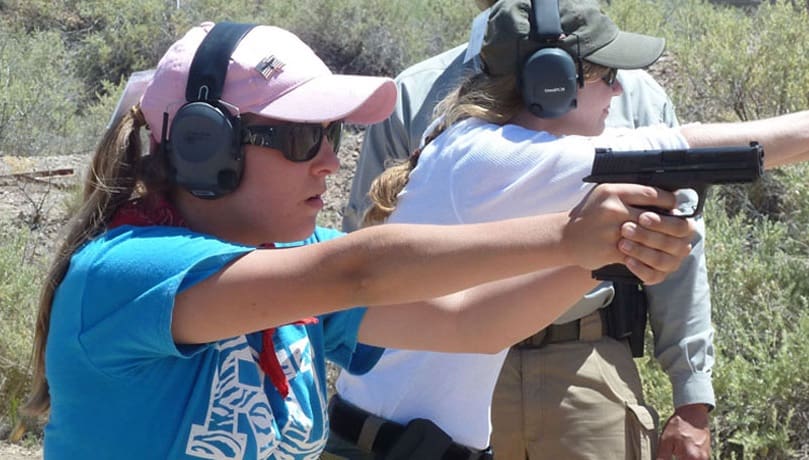Jeremy got his hands on a prototype of the Simtek security sensor, and then reviewed the production model when it started to ship. These’re wireless real-time cellular (not WiFi) monitors that alert you of an unauthorized attempt to access your gun or safe. He was a fan (testing of the newest version is underway).
Now Simtek is rebranding their remote security sensors for the firearm market. The new brand is StealthALERT, but they’re the same product with the same features. Here’s their press release . . .
Simtek, a leader in advanced security and valuables monitoring solutions, is excited to announce the rebranding of its security sensor for firearms and safe monitoring. The product will be known as StealthALERT sensor, reflecting its enhanced capabilities and emphasizing its discreet yet powerful nature.
The Simtek StealthALERT sensor represents the future of wireless security sensors, combining cutting edge technology with unmatched performance. It offers real-time monitoring of firearms, valuables, and more, utilizing cellular backed threat detection for reliable monitoring worldwide.

“We are thrilled to introduce Simtek StealthALERT as the new name for our wireless security sensor,” said Brady Simpson, CEO of Simtek. “This rebranding showcases our dedication to delivering advanced security solutions that discreetly blend into any environment while providing robust protection. Simtek StealthALERT perfectly captures the essence of our product’s stealthiness and heightened security.”
With features such as smartphone notifications and advanced 3-IN-1 sensor technology, Simtek StealthALERT provides customers with actionable information in critical moments. Its user-friendly app and easy setup process make it accessible to individuals and businesses seeking enhanced security measures.

Simtek remains committed to exceptional customer experience, and the rebranding underscores the company’s focus on refining its product lineup and meeting the evolving needs of customers. The Simtek StealthALERT is available for purchase at the Simtek website and at authorized retailers.








